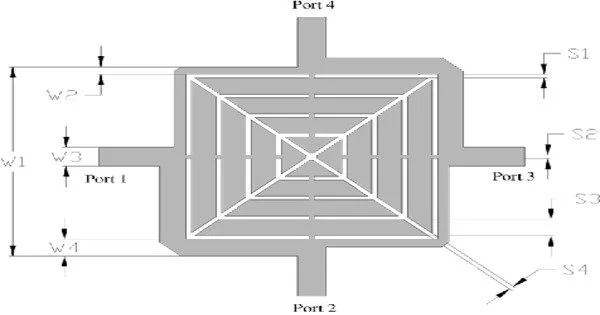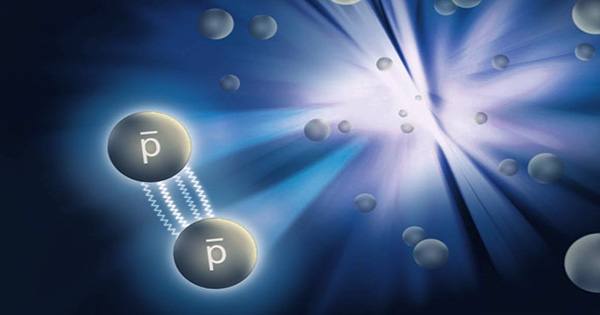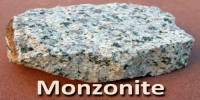A slow-wave coupler is a directional coupler made up of microstrip lines with corrugations on the inner edges of the transmission lines where the coupling occurs. It is a microwave or radio frequency (RF) component that is used in telecommunications and signal processing. The goal is to match the phase velocity of the coupled lines’ odd mode to that of the even mode, thereby improving the coupler’s isolation and directivity. It is intended to couple or split electromagnetic signals with the least amount of loss and phase distortion. The term “slow-wave” refers to a coupler feature that slows the propagation of an electromagnetic wave as it passes through the device.
The electromagnetic wave travels through a specially designed structure with a periodic variation in its electrical properties, such as impedance or capacitance, in a slow-wave coupler. This periodic variation results in a slow-wave effect, in which the phase velocity of the electromagnetic wave is reduced relative to the velocity of light in free space. The coupler can perform its intended function because the wave is slowed.
The slow-wave transmission line coupler is the most common type of slow-wave coupler. It is made up of a transmission line with periodic changes in characteristic impedance. Periodicity is typically achieved by incorporating special structures along the transmission line such as interdigital capacitors, meander lines, or stepped impedance sections. These variations affect the propagation of the electromagnetic wave, resulting in signal coupling or splitting.
Slow-wave couplers, such as power dividers, directional couplers, and hybrid couplers, are used in a variety of RF and microwave systems. They are used in wireless communication systems, radar systems, satellite communication, and other high-frequency systems that require precise signal control and manipulation.
It is important to note that slow-wave couplers are only one type of coupler available in RF and microwave engineering. Couplers of other types include directional couplers, hybrid couplers, and quadrature couplers, each with their own design and operating principles.
















